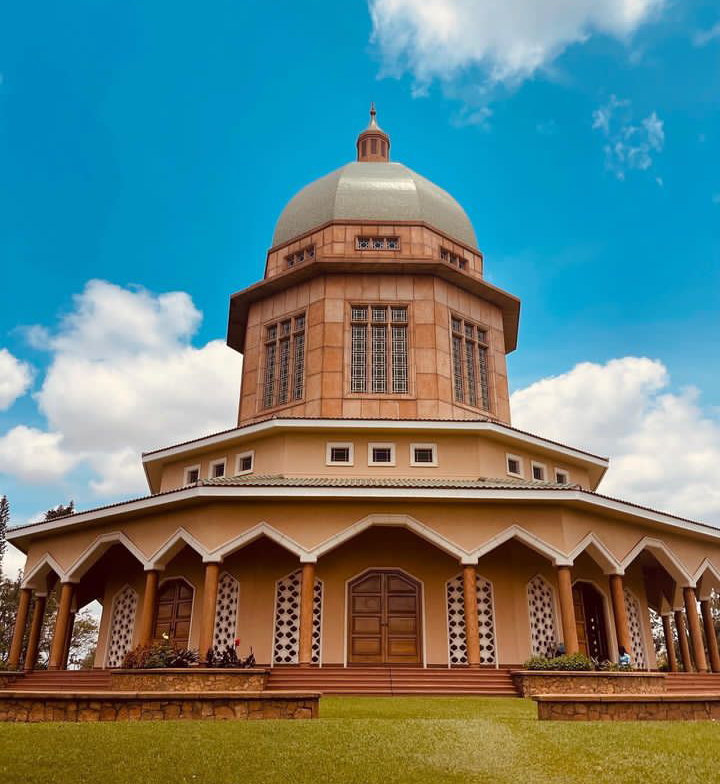Introduction: Welcome back to another captivating article as we embark on an exclusive tour of the oldest Museum in East Africa, the Uganda Museum. In this adventure, our focus will be on the first car to arrive in Uganda and the intriguing collection of cars used by former presidents, from Idi Amin to the current president. Join us as we delve into the historical artifacts, fascinating stories, and unique exhibits housed within the walls of the Uganda Museum.
- The Historical Journey at the Entrance: Upon entering the museum, visitors are greeted by captivating pictures that transport them back in time, offering glimpses into Uganda’s pre-independence era. These images set the stage for an immersive experience, with a promise of more intriguing discoveries within.
- Uganda Museum’s Rich Background: Our tour guide, Mr. Jude, shares the museum’s rich history, dating back to its establishment in 1908. Originally located at Fort Lugard, it was later shifted to its current location in 1942. The museum officially opened in 1962, just two years after Uganda gained independence. The Independence Pavilion of Science and Industries stands as a testament to Uganda’s progress.
- The First Car in Uganda: The tour takes an exciting turn as we encounter the first car ever introduced in Uganda, a 1925 Ford Model T. Originally brought in by the first governor of Uganda, Sir Frederick John Jackson, this historic vehicle transported royalty before modern cars with fuels replaced it. Notably, it is still operational, retaining its original engine, spark plug, and radiator.
- Presidential Cars and their Stories: Our attention shifts to the impressive collection of cars used by former presidents of Uganda. The spotlight is on a blood-proof Mercedes-Benz used during the visit of Pope John Paul II in 1993. The convoy of ceremonial cars from 1986, including President Museveni’s first car, showcases the evolution of presidential transportation. Each car is a symbol of power, security, and historical significance.
- Journey Through Time: As we wander through the museum’s halls, we encounter diverse exhibits, from traditional boats to telecommunication networks. The museum provides a comprehensive view of Uganda’s evolution, including the introduction of the first boat in Uganda, telecommunication networks, and advancements in transportation.
- Cultural and Natural Exhibits: The tour guides us through exhibits showcasing Uganda’s rich cultural heritage. We explore ceremonial objects, traditional weapons used during tribal wars, and artifacts representing different ethnic groups. The museum also houses fossils, showcasing the evolution of animals in the region, and minerals that play a crucial role in Uganda’s economy.
- Oil Exploitation and Mineral Resources: A fascinating section of the museum educates visitors on Uganda’s petroleum exploration history. The display includes drilling bits, samples of crude oil, and insights into the ongoing oil extraction activities in different regions of the country. The exhibition emphasizes the significance of minerals like phosphate, limestone, and gold in Uganda’s economic landscape.
- Audio and Video Heritage: The tour takes a nostalgic turn as we explore Uganda’s audio and video heritage. Vintage gramophones, cassette radios, and early televisions from the 1930s to the 1970s demonstrate the evolution of entertainment technology. Visitors are treated to a hands-on experience, witnessing how music was enjoyed through vinyl records and early radio broadcasts.
- Weapons and Tribal Artifacts: The museum’s collection includes a display of traditional weapons used during tribal wars, such as spears and poison-tipped arrows. These artifacts provide insight into the strategies and techniques employed by different tribes during conflicts. Additionally, the exhibition features ceremonial attire, including cowrie shell accessories and bark cloth garments.
- Cultural Icons and Achievements: The museum pays tribute to notable figures in Ugandan history, showcasing awards and memorabilia. Visitors encounter artifacts related to Eddie Kaddu, the first Ugandan to win a gold medal in the Olympics in 1972, and other sports icons. The display highlights Uganda’s contributions to the global stage and celebrates the achievements of its people.
- Traditional Architecture: A section of the museum replicates traditional architectures representing various ethnic groups in Uganda. From the Baganda kasubi to the Western-style house and the Hima house, visitors gain a deeper understanding of the diverse cultural influences that have shaped Uganda’s architectural landscape.












